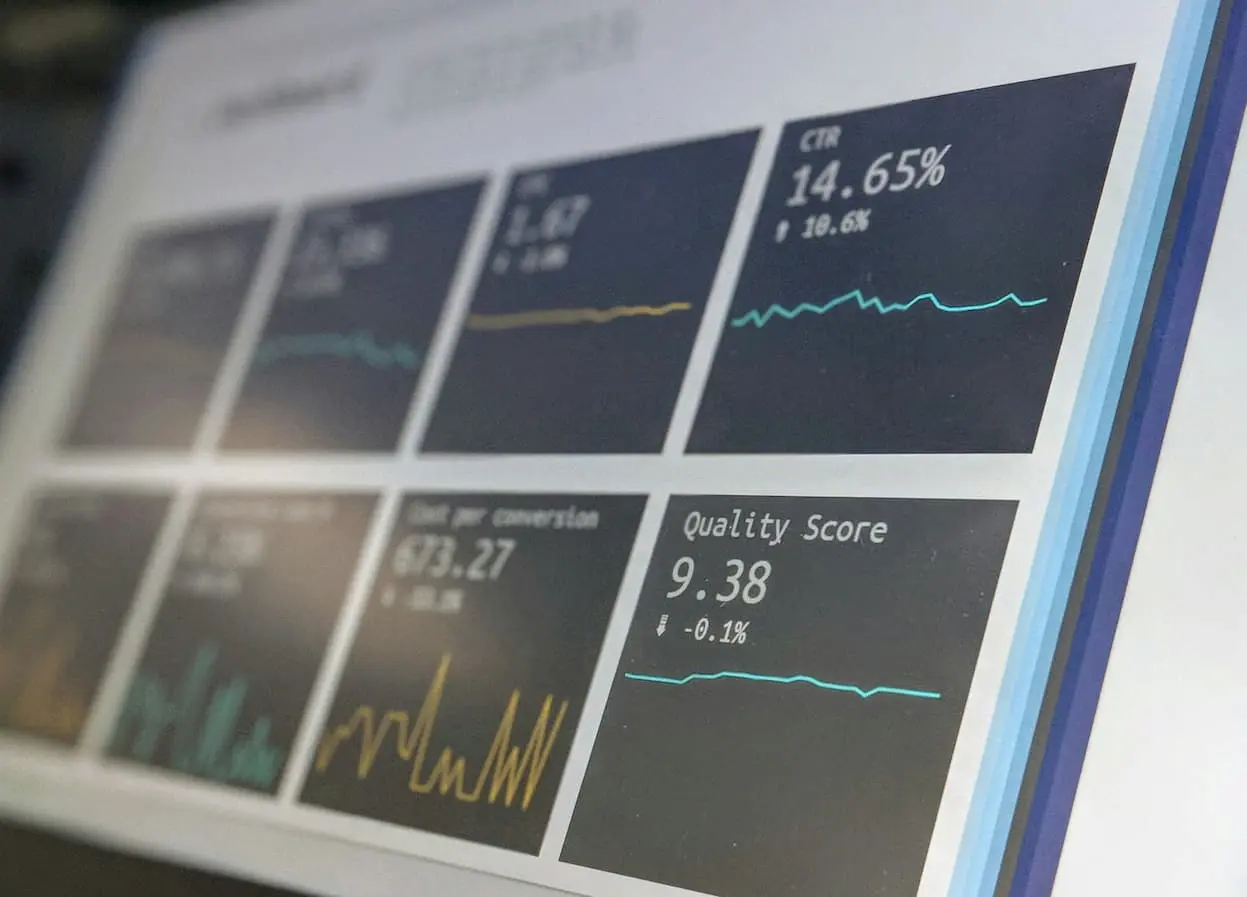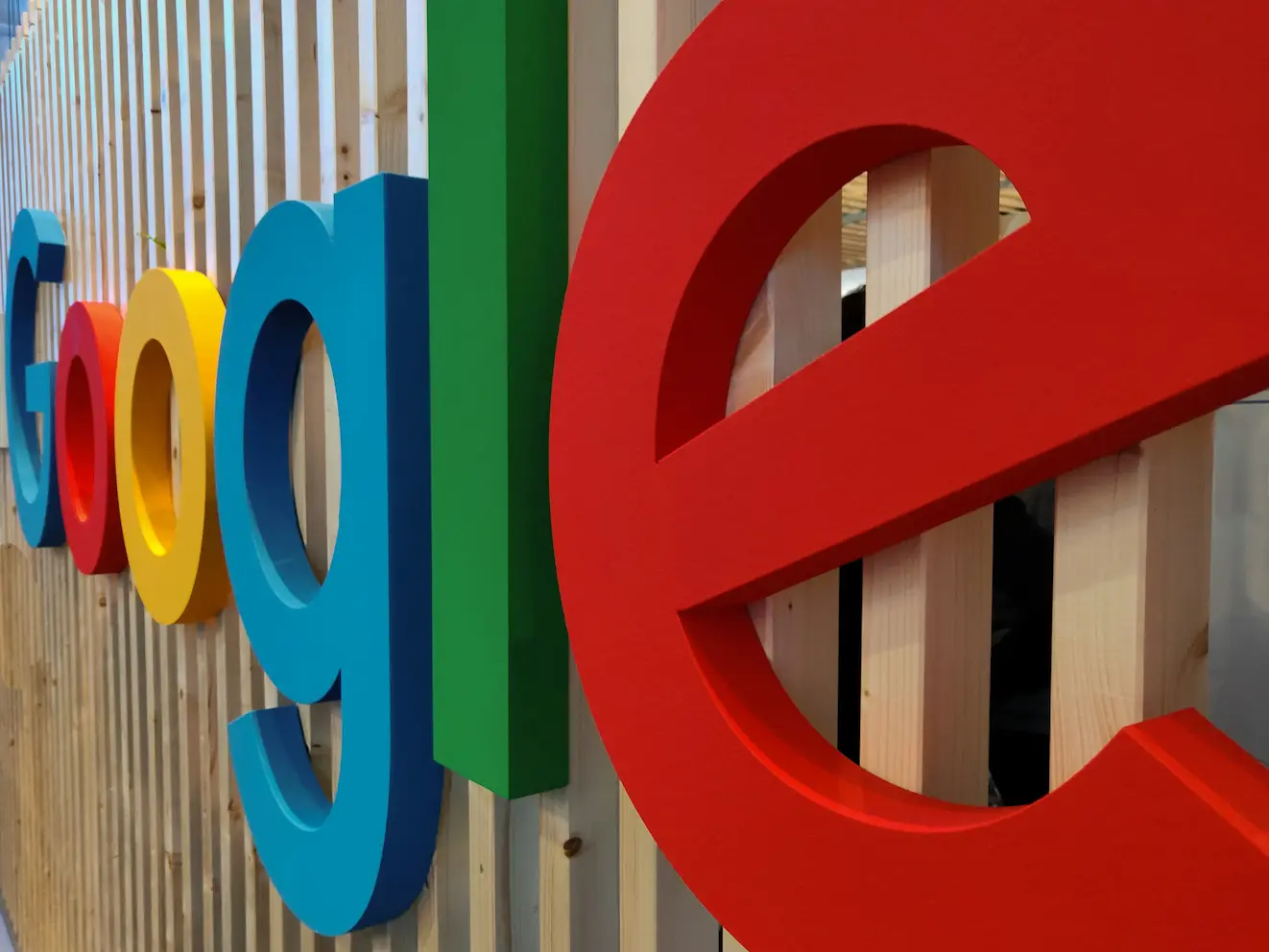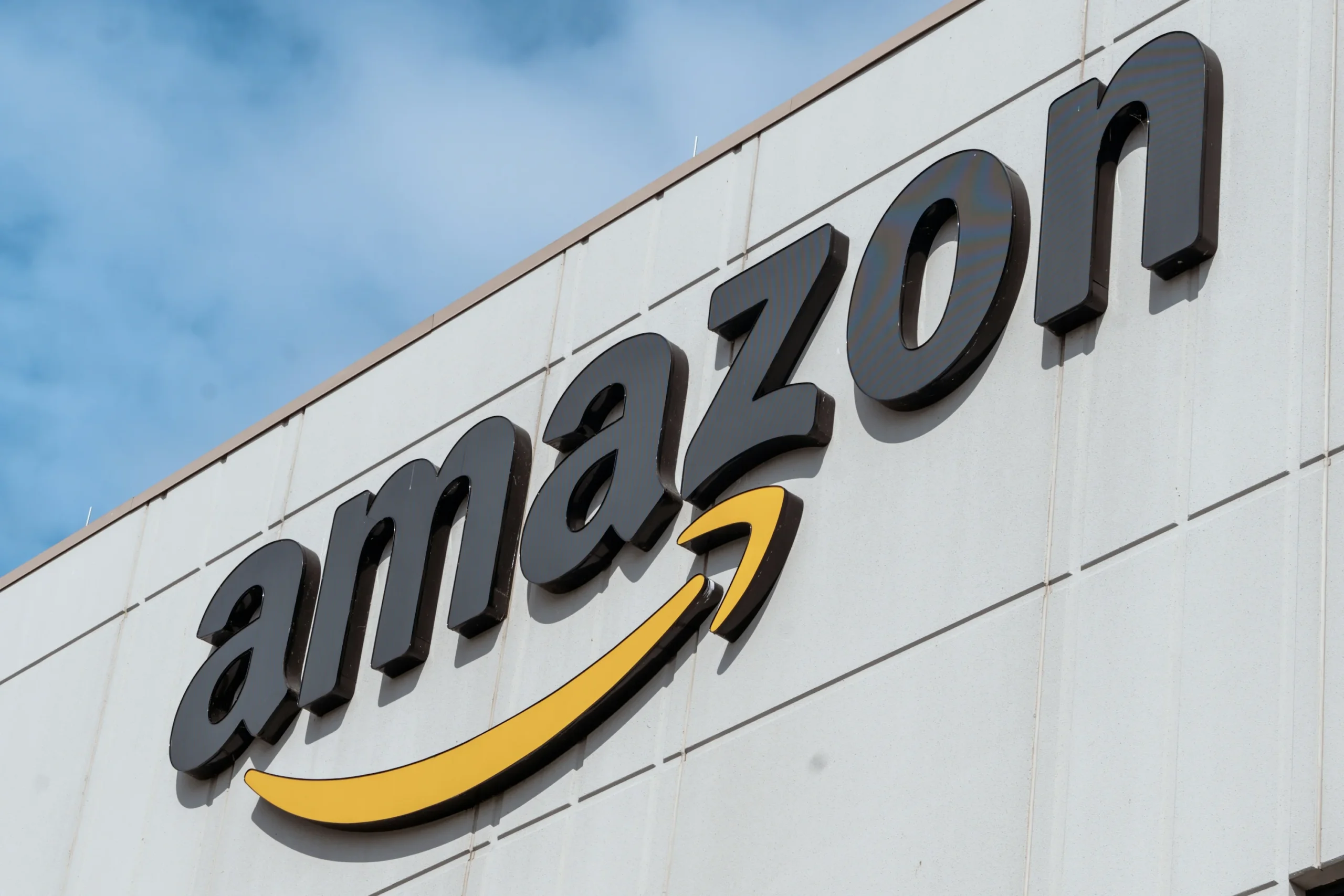Market Signals from Social Media: How Social Chatter Governs Markets

Introduction
We are now in an age when social media is more than a way to post personal status messages or chuckling cat images. It has become one of the most powerful means for companies, investors, and advertisers to capture how markets shift. Every tweet, every TikTok challenge, every Instagram reel, and even a simple Facebook review holds potential hidden insights into what people care about, what they’re buying, and how industries can shift. These are social media market signals.
Think about this: ten years ago, financial markets were dominated by official statements, quarterly reports, or the press. Today, the situation is such that a mere viral video may rake in millions of dollars in revenues for a small firm, and a single-inflammatory tweet may strip a company of billions of dollars from its market value. Social media has so empowered consumers and common users that they are now capable of influencing stock prices, creating brand reputations, and even disturbing entire markets.
One highly publicized example is the case of GameStop. In 2021, a group of retail traders on Reddit came together to buy stocks in GameStop, driving the price of stocks in the firm to record levels and catching Wall Street experts off guard. Another example is Elon Musk, who has consistently demonstrated how one tweet can have a dramatic impact on something like Bitcoin or Dogecoin. These aren’t random events — they are proof that social media is no longer entertainment, but a living, breathing well of market signals.
The lesson here is clear: to disregard social media is to disregard the market itself. For early warning-seeking investors, consumer desire-seeking companies, and advertisers looking to reach masses, social media market signals are now essential.
What Are Market Signals from Social Media?
Market signals, in their simplest definition, are nudges or suggestions that inform us about how a market is likely to act. In the past, they were supplied by things such as supply and demand data, accounting reports, or consumer opinions. But nowadays, all that happens online, in real time, on platforms such as TikTok, Twitter/X, Reddit, Instagram, YouTube, and Facebook.
So what are social media market signals then? They’re the trends, behaviors, and conversations happening online that tell us what people are interacting with, what companies or products they’re supporting, and what trends are about to blow up. Unlike traditional research, these signals are live, unfiltered, and perhaps even more honest.
Some common types of social media market signals are
Trending Hashtags: If hashtags like #TikTokMadeMeBuyIt or #EcoFriendly start trending, they indicate increasing consumer interests.
Viral Videos or Posts: A viral video post about a product on YouTube can cause overnight surges in the sale of the product.
Comments, Reviews, and Ratings: Stacking negative comments against a brand on Facebook can be an early signal of reputational issues.
Engagement Spikes: A sudden spike in likes, retweets, or shares of a topic may indicate rising popularity.
Internet Communities: Clusters of discussion in Reddit communities, Discord servers, or Twitter chatter may foretell emerging trends before they become widely known.
In plain terms: social media market signals inform us about what people want, what they will pay, and what they are avoidin g.
Let’s take an everyday example. Imagine a new skincare product appears in a TikTok video and suddenly goes viral with millions of views. Comments are filled with users asking where to buy it, and hashtags related to the product start trending. This is not just “noise” — it’s a clear signal that consumer demand for that product is about to surge. Firms, shareholders, and even competitors who see that signal can react faster and smarter.
Social media can also flash warning signals, though. When a firm gets smacked by negative publicity, like customers’ complaints going viral, that’s a warning sign of loss of faith, something that might impact sales and share prices. Social media signals are therefore both opportunities and warning signs.
Why Social Media Market Signals Matter
So now that we have a clear idea of what these signals are, the question is why do they matter so much? Let’s dissect it into three main groups who are going to benefit the most — investors, businesses, and marketers.
1. For Investors
Timing is everything in investment. Historically, investors have relied on market reports, analysts’ comments, and official news announcements. But today, much action takes place on social media, prior to mainstream media even noticing.
The GameStop drama is a prime example. Wall Street insiders had written off the company, but Reddit’s WallStreetBets crowd saw potential and their collective effort drove the stock value from under $20 to over $400 at one point. By the time financial industry experts were writing reports, the market signal already had been seen and responded to by thousands of individual investors online.
Cryptocurrency markets are yet another great example. Bitcoin, Ethereum, and most particularly meme coins like Dogecoin follow what individuals are discussing on the internet. When Elon Musk tweeted a plain meme related to Dogecoin, the cryptocurrency price increased nearly overnight. These are undeniable social media market signals, and investors who knew were given opportunities to make a profit.
In short, to investors, social media offers real-time proof of what retail traders and the general public are thinking, often before traditional financial systems. Ignoring such cues could be to miss important opportunities or fail to detect threats.
2. For Businesses
For companies, information about consumer demand sits between success and catastrophe. Companies used to spend millions on research, surveys, and focus groups attempting to make intelligent guesses about what the customer wanted. Now, most of that information is available freely through social media.
Let’s say a fashion firm notices that the hashtags for “sustainable clothes” are gaining popularity on Instagram. That is a clear market signal that the customers are increasingly interested in sustainable products. Acting on that information by launching a sustainable fashion line can give the company competitive edge.
An example is from TikTok trends. Many small businesses have become overnight sensations as their products become viral under #TikTokMadeMeBuyIt hashtags. Those attuned to such signs can increase production, stock up, and organize campaigns to ride the wave of demand.
Negative signals, likewise, tally. When an enterprise is receiving negative word-of-mouth or a customer complaint video is posted on YouTube and goes viral, it can destroy reputation and sales. Enterprises monitoring these signals can act quickly enough to correct problems before they spiral out of control.
Short version: social media market signals offer businesses the opportunity to listen directly to their customers in real time.
3. To Marketers
To the marketing experts, social media is a goldmine packed with information. It provides instant answers regarding what the audiences are watching, what kind of content resonates, and what topics are trending.
If “eco-friendly packaging” suddenly becomes a viral sensation on Instagram, a marketer who is closely monitoring social media signals can shift the brand message to talk about green processes, immediately getting the brand in sync with consumer opinions.
Social listening tools like Hootsuite, Sprout Social, or Brandwatch are designed to pick up on those signals in quantity so that marketers can see not only what’s trending, but also the sentiment of those conversations. Are people thrilled? Angered? Interested? That emotional aspect adds another layer of value to the signals.
These results are also used by marketers to produce content. If, for example, short video content is dominating TikTok and YouTube Shorts, that is a clear sign that marketing efforts must emphasize more video than static posts. By making these adjustments in haste, marketers can jump ahead of the curve and engage more personally with people.
Social media market signals basically allow marketers to stop speculating and start taking action on real data in real-time.

Real-Life Examples of Social Media Market Signals
One of the best ways to learn about how important social media market signals are is to look at real-life examples where online discussions had a direct impact on markets, brands, and consumers. These examples show that social media isn’t just noise — it’s an opinion marketplace, emotional geography, and decision center that can shift billions of dollars.
Crypto & Elon Musk
Arguably the most visible example of social media impacting markets is Elon Musk. Infamous for his blunt and often humorous use of Twitter (renamed X), Musk has been constantly disrupting the cryptocurrency market with a sentence or two.
When Musk merely tweeted brief sentences like “Dogecoin is the people’s crypto” or posted memes involving the Shiba Inu dog upon which Dogecoin is founded, its value went skyrocketing. At times, Dogecoin increased by over 50% within a matter of hours of his tweets.
For the investor, this was a strong social media market signal. It demonstrated that with one loud voice, one could create waves throughout the world of finance. Traders who paid attention to Musk’s tweets reaped gigantic short-term gains. Those who dismissed or ignored social media as “mere chatter,” however, lost their money.
The point here is straightforward: social media influencers who have massive followings can be outright market drivers. Intentional or not, their words are signals that businesses and investors can no longer ignore.
TikTok Beauty Trends
Anther best most glaring example lies in the world of consumer products, beauty, and skincare. TikTok has become a trendsetter around the world, and its influence on product sales is impossible to ignore.
Consider the example of CeraVe, a cosmetic company that was well-known but far from a bestseller across the entire globe. When beauty experts and dermatologists on TikTok started endorsing it, videos featuring the product became a hit. Millions of users watched these videos, and demand went through the roof. Stores soon ran out of stock, and the company found itself among the favorite skincare products globally.
This is a perfect case of social media market signals. The viral videos, trending hashtags like #TikTokMadeMeBuyIt, and massive engagement on CeraVe all were definite signals of growing consumer demand. Businesses that were monitoring the trends on TikTok early had the chance to surf this wave by stocking similar product lines or retooling their own advertisement campaigns to surf the skincare boom.
This example highlights that social media signals are not just present in money markets like crypto or stocks — they play a role in consumer behavior in everyday life, as well. In fact, platforms like TikTok can have even more sway because they engage with not just investors, but tens of millions of everyday consumers eager to shop.
Reddit & GameStop
GameStop’s story is the greatest mythic case study of the ways in which social media market indicators disrupt traditional market forces.
The WallStreetBets Reddit community noticed in early 2021 that GameStop, a struggling video game store chain, was heavily shorted by hedge funds. The community convinced its members to buy shares in GameStop, both as an investment and as a way of thumbing their noses at Wall Street giants.
The result? A historic short squeeze. The price of GameStop’s stock skyrocketed from under $20 to over $400 in a matter of weeks. Billions were lost by hedge funds, and some small retail traders became millionaires.
The point is that the market signal was out there for anyone who was paying attention. Open, public, and in real time, discussions on Reddit were taking place. Legacy investors who were tuning these discussions out as “internet noise” were blindsided, while those who knew of the power of social media collective action viewed it as a signal to be acted on.
GameStop proved that social media communities can collectively move markets, creating opportunities and hazards on a previously unprecedented scale.
How to Identify Market Signals from Social Media
We realize that these signals exist out there, but the challenge lies in learning to see them. With millions of videos, tweets, and posts going up every hour, how do companies, investors, and marketers sort out valuable signals from noise? Here are some helpful tips:
1. Social Listening Tools
Sophisticated tools like Brandwatch, Sprout Social, and Hootsuite help businesses monitor mentions, trends, and hashtags across channels. They don’t just track raw numbers — they analyze sentiment, showing whether conversation is positive, negative, or neutral.
For example, if a brand sees an overnight spike in mentions with positive sentiment, that’s a sign of heightened consumer interest. When there’s a surge of negative comments, that’s the warning sign of potential problems. These tools allow businesses to filter through the noise and easily catch actionable market signals on social media.
2. Track Hashtags & Keywords
Hashtags are not just faddish additions — they’re powerful signals about what is gaining traction. Monitoring hashtags on platforms such as Twitter, Instagram, or TikTok can reveal emerging movements before they go mainstream.
Take the case of hashtags #SustainableLiving or #PlantBased, which have been shooting through the roof in recent years. Businesses who noticed these trends first were able to pivot towards green and plant-based products, beating the competition.
Monitoring keywords is also used to help investors spot conversations about specific companies, cryptocurrencies, or industries. If one’s stock or token is referenced thousands of times above normal, all of a sudden, that’s a flag to investigate.
3. Engagement Metrics
There are no lies in numbers. A sudden surge in likes, shares, comments, or retweets on an item or topic usually turns out to be an indicator of momentum. High engagement is not only an indicator of interest, but perhaps an indicator of viral growth.
For example, if a small fashion business all of a sudden sees one of its Instagram posts gain tens of thousands of likes overnight, it’s not luck — it’s a sign that the brand has people taking notice and may be on the brink of greater awareness.
4. Online Communities
Platforms like Reddit, Discord, and Facebook groups are goldmines for unvarnished, unfiltered opinion. These types of forums have a tendency to act as leading indicators for larger trends.
Reddit’s WallStreetBets, pictured above, is one of the most famous examples, but literally thousands of specialized groups exist where hardcore enthusiasts give their opinions about products, investments, and sectors. Companies and marketers who monitor these boards can gain insight many months ahead of time before the mass media takes notice.

Benefits of Using Market Signs in Social Media
The power of social media market signals is not just in forecasting trends, but also in the possibilities they create for those who know how to utilize them. Some of the best benefits are highlighted below:
1. Early Trend Detection
By paying attention to what people are saying on the net, companies and investors can see consumer demand before competitors. They can then launch products, invest in holdings, or create campaigns that respond to increasing demand.
2. Risk Management
Social media can even be used as an early warning system. Negative reviews, viral complaints, or public uproar typically start online. Companies that monitor these warnings are able to act quickly, preventing small issues from becoming full-blown crises.
3. Data-Driven Decisions
Instead of relying on intuition alone or archived reports, decision-makers are able to react to feedback in real time. Social media provides a constant stream of information that reflects the true voice of the consumer.
4. Competitive Advantage
Finally, the biggest win is getting ahead of the herd. Companies that can spot and act on social media signals to the marketplace are the leaders, not the followers. They can evolve faster, interact more meaningfully with customers, and leverage opportunities that others haven’t yet perceived.
Challenges of Counting on Social Media Signals
There’s no disputing social media market signals are extremely potent. They can drive stock prices up, turn obscure brands into global phenomena overnight, and totally overhaul consumer habits. But although valuable, these signals aren’t infallible. It’s dangerous to be completely reliant on them. Let’s analyze the biggest pitfalls.
1. Hype vs. Reality
One of the largest problems is that not every viral trend leads to long-term success. A product, stock, or idea might go viral on TikTok, Reddit, or Twitter based on hype, but the hype is temporary. A meme coin, for example, may skyrocket after it’s circulated around a thousand times, but in weeks it will crash as investors lose interest.
For companies, this translates to just because something is trending does not necessarily mean there will be long-term demand. Marketers and investors need to differentiate transient buzz from real consumer interest. Otherwise, they will end up investing time, money, and effort into something that will not endure.
2. Fake News and Bots
Another major issue is disinformation. The social media is saturated with fake news, misguiding reports, and rumor-spreading robots. One false piece of news can trigger gigantic market instability.
For instance, when a company is reportedly bankrupting itself in a rumor tweet, its stock can plunge quickly before the truth comes out. Similarly, on cryptocurrency exchanges, bots artificially inflate coins so they seem more in demand than they truly are.
The threat here is obvious: making decisions using false information can lead to loss of investment for business owners and investors making incorrect decisions. Fact-checking and verification of data are therefore essential while making market signals from social media.
3. Transient Trends
Social media trends are as temporary as they arrive. A popular hashtag or trending challenge yesterday may be gone tomorrow. It makes it difficult for businesses and investors to predict long-term value based on social media alone.
Take the example of TikTok trends. A skin care product may go viral and sell out in all outlets for a few weeks before the hype is over and sales collapse. As marketers, this makes it important to focus beyond short-term peaks. A good approach is to blend social media indicators with more advanced studies on customer behavior.
4. Noise Overload
Perhaps the greatest challenge of all is sheer information. Millions of tweets, posts, videos, and comments get posted each minute. Amidst all of this information, all of it is not relevant.
Getting useful market signals out of noise is a task to leave to sophisticated tools and experts. Without proper analytics, companies can chase the wrong signals or miss important intelligence. It’s like hearing a whisper in a crowded stadium—don’t know if it’s possible, but won’t happen easily.
The Future of Market Signals from Social Media
Despite the limitations, the future of social media market signals is quite rosy. With the advancement in technology, businesses and investors will be able to make use of such signals with increasing precision and certainty.
1. The Role of Artificial Intelligence (AI)
AI is already transforming the manner in which companies monitor social media data. Instead of manually tracking hashtags and mentions, advanced algorithms can monitor millions of posts in real-time. AI software can detect patterns people might miss—such as an unplanned shift in customer sentiment or a rising trend on multiple platforms.
In the future, AI won’t just recognize what is currently happening but be able to anticipate what will likely occur next. For instance, if online discourse indicates initial indications of increased interest in a new product category, AI would be able to predict demand before it becomes evident to the general market.
2. Big Data and Predictive Analytics
Big data is another game-changer. With instant access to millions of social media posts, predictive analytics will enable businesses and investors to make more informed decisions. Rather than making decisions based on intuition, they’ll turn to real-time data to identify opportunities and mitigate risks.
For instance, predictive models can show that when a certain keyword is popular on Twitter, then sales of certain products will follow. Investors can take advantage of it to make stock movement predictions, while businesses can adjust marketing strategy in real time.
3. Smarter Strategies and Faster Reactions
Within the next couple of years, firms will not take weeks or months to look at consumer behavior. Social media metrics will provide instantaneous feedback. A campaign initiated today can be amended tomorrow based on real-time sentiment analysis.
For investors, that translates into quicker entry and exit strategies. Rather than arriving late to a market move, they’ll respond to signals as they develop. This velocity will open up new possibilities—but new dangers too, as markets are more likely to react more swiftly and capriciously.
4. Opportunities and Risks
While the future is bright, there are going to be risks. Despite big data and AI, social media remains a raucous, disruptive space. A single viral post can trigger unforeseen effects, good or bad.
For instance, a company can be boosted overnight by an influencer’s recommendation, while its reputation can be ruined overnight by a scandal. The future of social media market signals is to balance these opportunities with risk management and judicious analysis.
Conclusion
Social media market signals have moved from being an afterthought to a central, go-to tool for investors, businesses, and marketers. They provide insights that traditional research cannot give, providing real-time snapshots of what concerns individuals, what people purchase, and what they share.
We’ve seen how these signals drive stock movements (like GameStop), boost product sales (like viral TikTok skincare trends), and reshape industries. But challenges remain—hype often outpaces reality, misinformation spreads quickly, trends fade, and the sheer amount of data can overwhelm decision-makers.
In the coming times, advancements in AI, big data, and predictive analytics will make it simple to filter out noise from real insights. Investors and companies will react fast and strategize smartly. However, precaution will never become a distant past. Social media is powerful but unstable.
In brief, social media is not simply where people converse—it’s a view into the market’s heart. Those that become adept at reading and deciphering these signals meticulously will have a huge competitive edge in 2025 and beyond.













